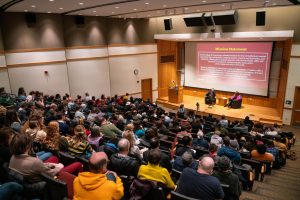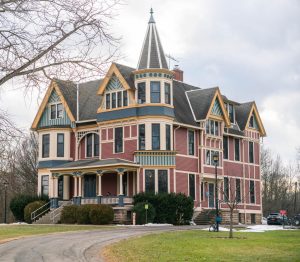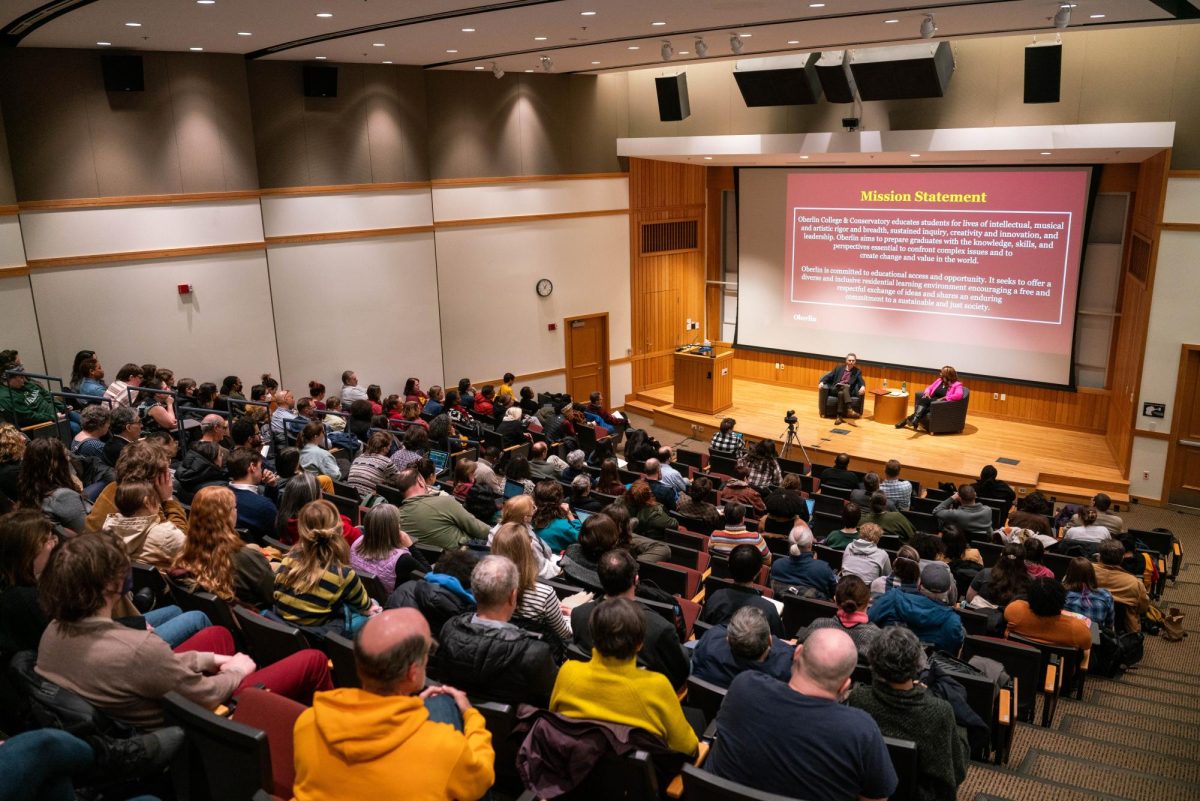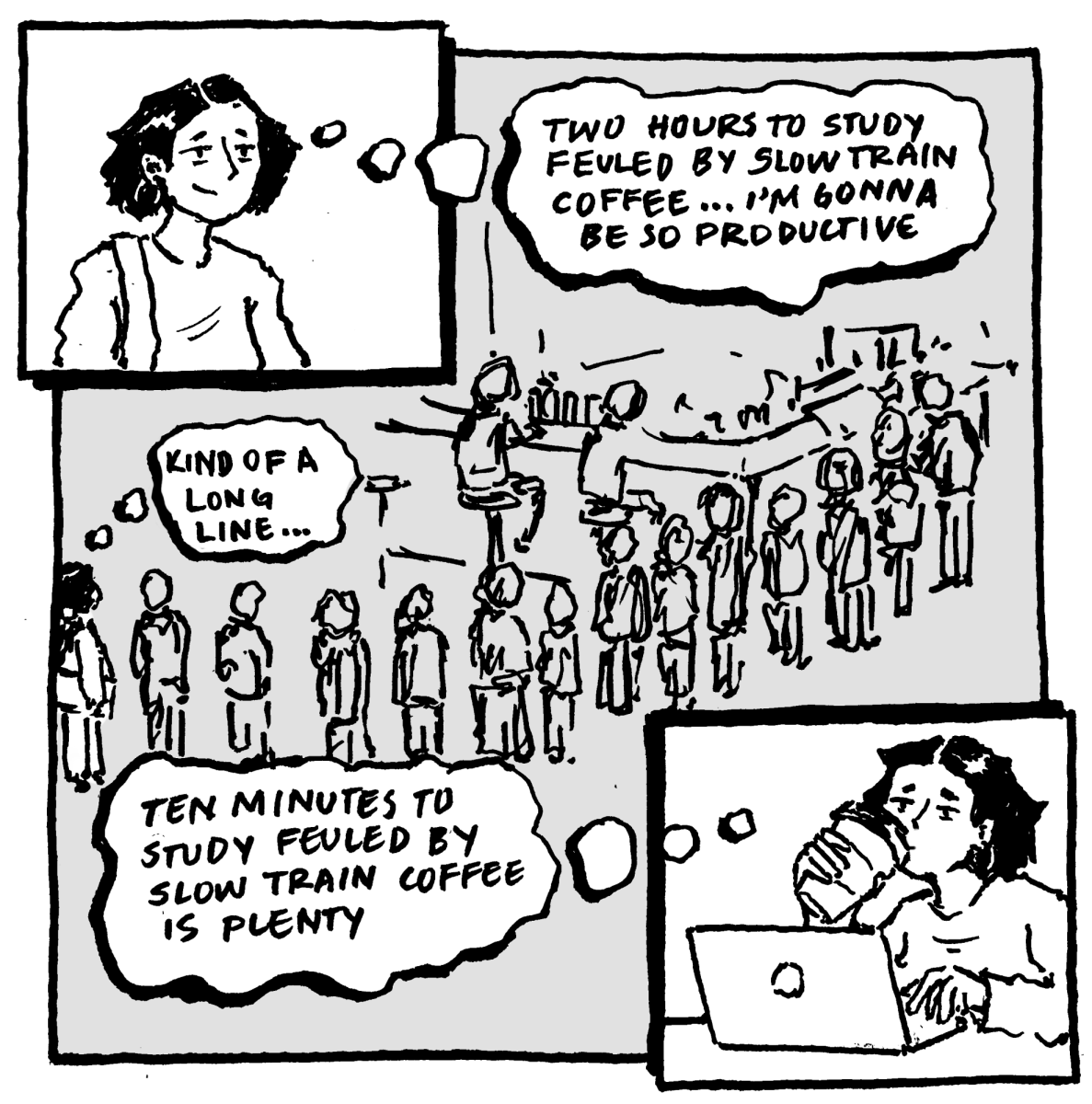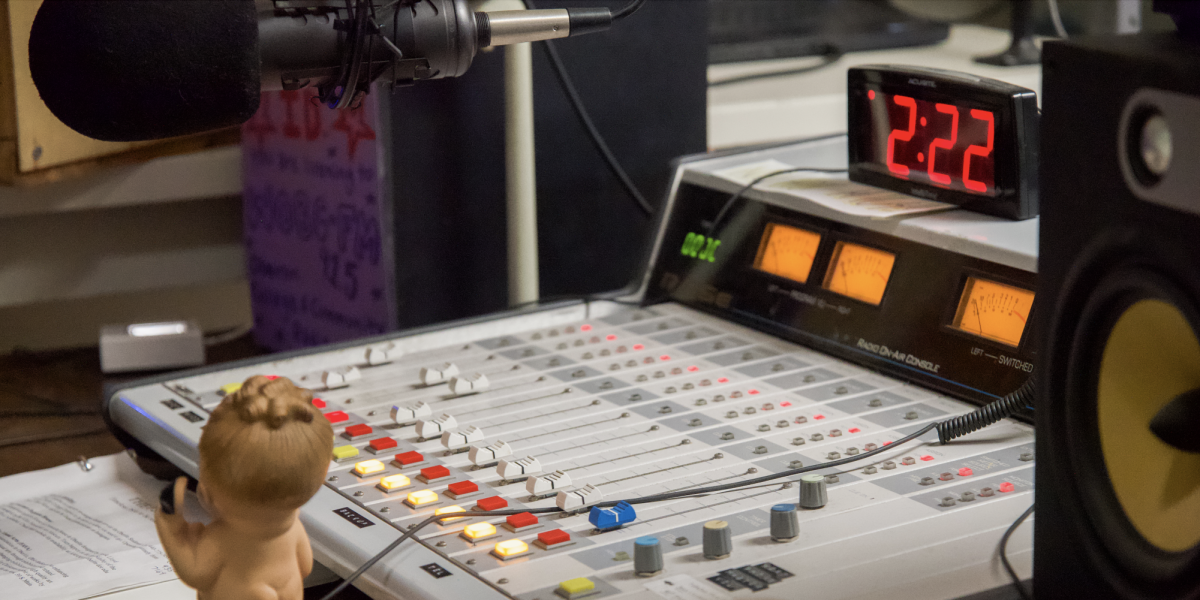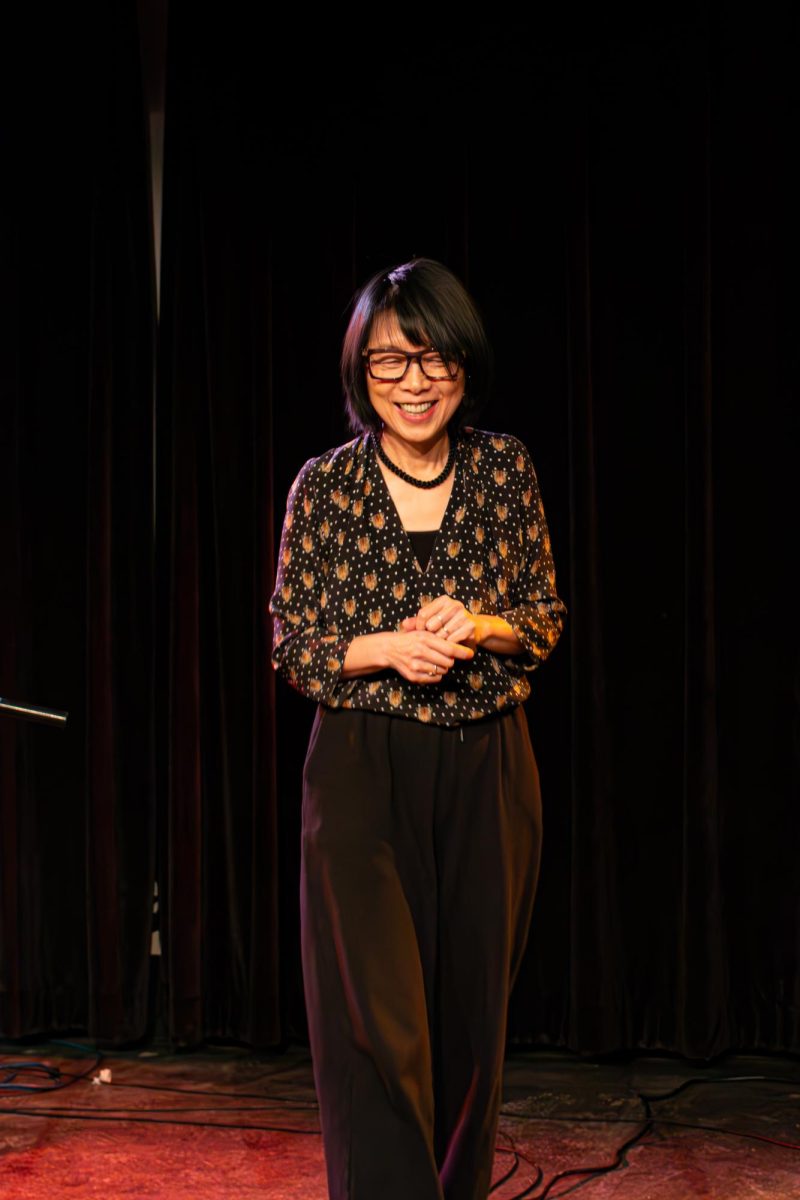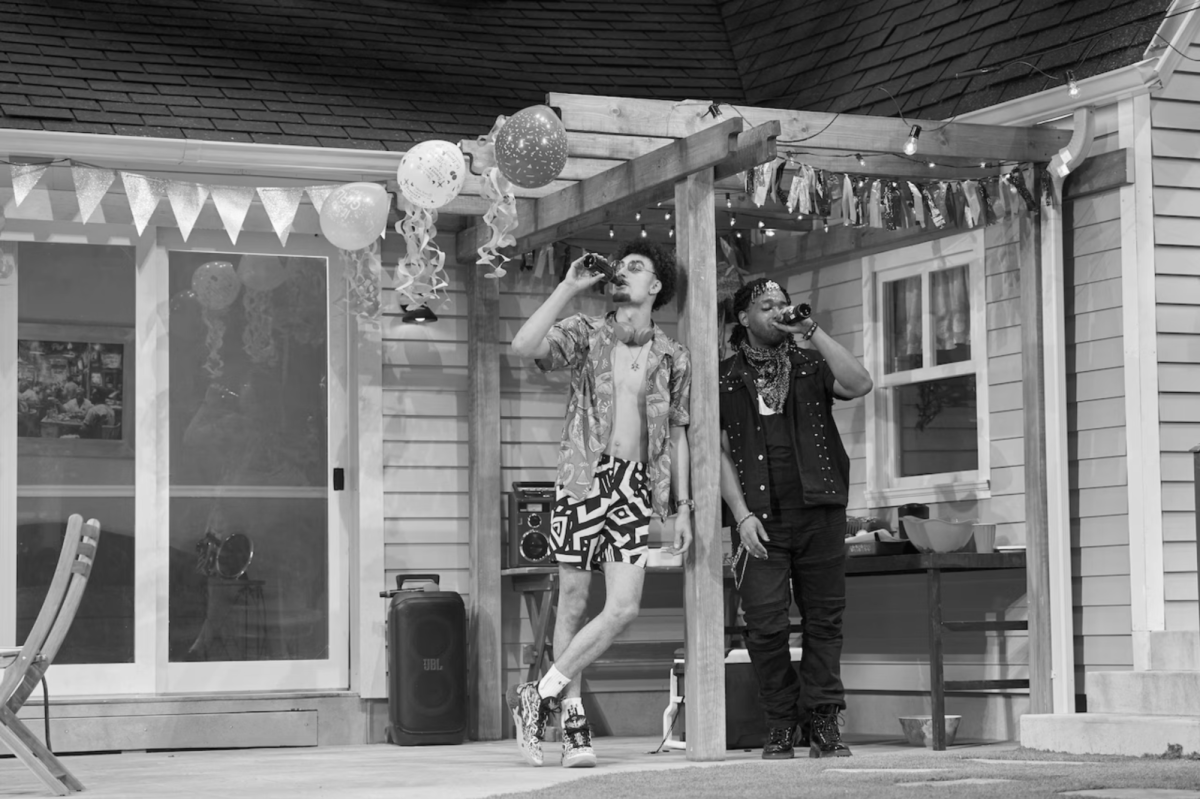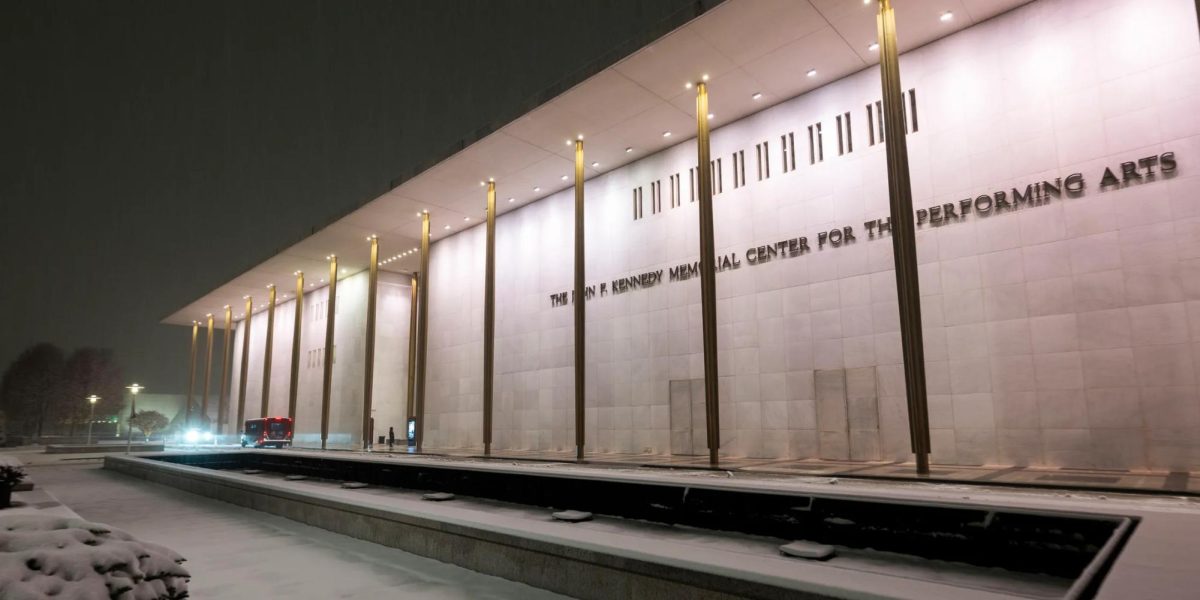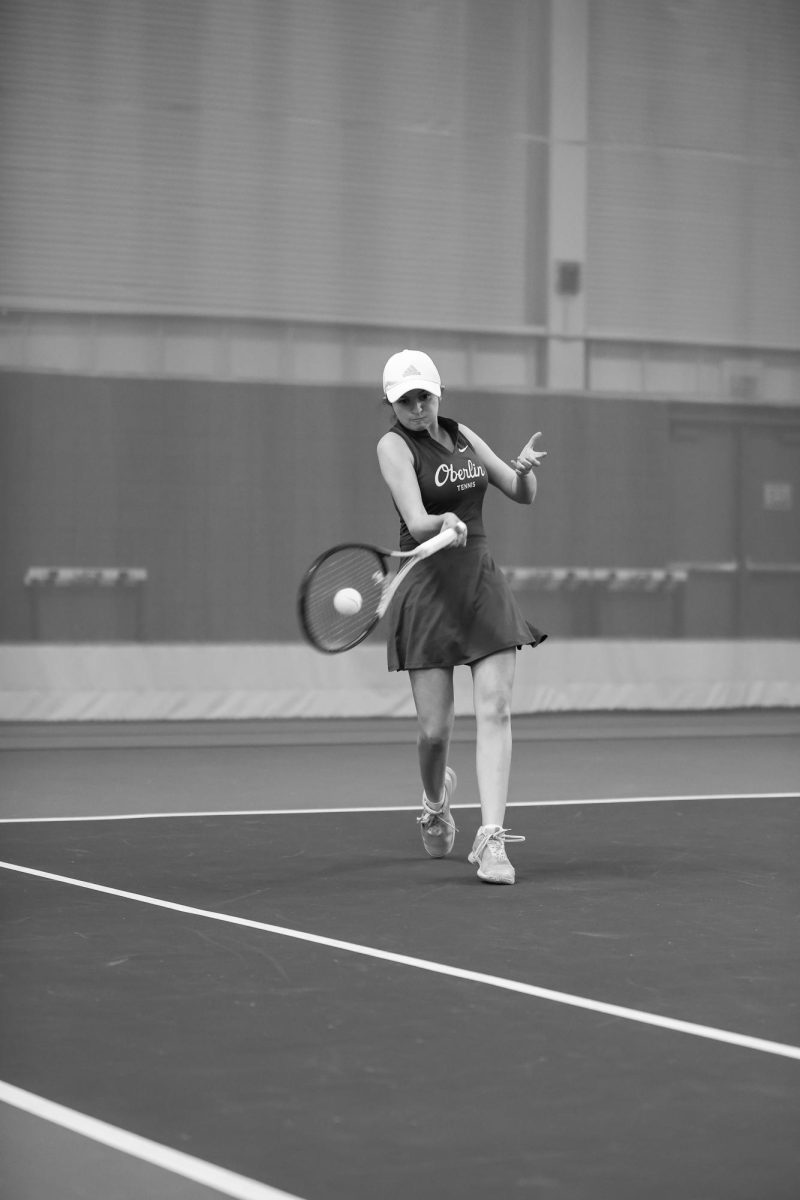Bennie Wallace Performance Somewhat Stale
November 9, 2012
The task of today’s jazz musician is a complicated one. Jazz is a music defined by both its rigorous development in compositional and improvisational style and by its wealth of tradition and heritage, presenting a strange contradiction for contemporary practitioners. Developing musicians are told to be progressive in finding an “original sound,” and simultaneously to become steeped in the music’s history and styles from times past. The pull between historical styles and new sonic territories is a common dilemma in the jazz world, which is why interesting situations arise when the Oberlin jazz scene — leaning heavily toward a more progressive approach — encounters a style from a bygone era.
Last Saturday night the Conservatory presented a jazz guest recital at the Cat in the Cream by tenor saxophonist Bennie Wallace and his quintet. Wallace is one of a dwindling number of the old guard of post-bop players who still play in the same style of driving swing that developed during the ’40s and ’50s in New York. The quintet’s format followed the classic instrumentation popularized by many of Sonny Rollins’s quintet records of the ’50s: Wallace on tenor sax, Jason Jackson, OC ’93, on trombone, Donald Vega on piano, Mike Karn on bass and Herlin Riley on drums. The group played a fairly straightforward set of compositions that were either jazz standards or based on jazz standards, rarely straying outside the realm of styles developed more than 40 years ago.
As the group began the first tune of the night — an original composition by Wallace called “Thangs” — the fascinating contradictions in the heart of Wallace’s sound were immediately striking: his horn emitted the velvet breathiness and vibrato of old jazz titans Coleman Hawkins and Ben Webster, while his phrasings recalled the chaotic, honking exultations of avant-garde masters Eric Dolphy and Ornette Coleman. Wallace’s playing was somehow able to unite imaginative bebop improvisation with furious expressions of musical ideas that escaped rhythmic and melodic contour. His unique sense of musicianship was apparent from the beginning, but after the first few minutes, the novelty of it began to wear off in the face of several observations. In a sense, the first “composition” was not actually original at all. The chord changes were lifted from Jerome Kern’s “All the Things You Are,” one of the most widely played standards in the jazz repertoire. Wallace’s melody was an arrangement of basic bebop phrases over the basic chord structure, from which the group rarely strayed throughout the tune. As the music moved into the solo sections, much of the same absence of original imprint was present in the group’s improvisations, which, although virtuosic and impressive, didn’t seem to have anything particularly new to offer a song jazz musicians have been playing for over 60 years. There was also very little dynamism throughout the song, the energy, the volume and feel of the music stayed at the same level most of the time, rarely retreating into spaciousness or building to climaxes and often failing to develop fluidly from one energy to the next.
This dynamic flatness could be attributed in large part to the playing of Herlin Riley, the group’s renowned drummer. Riley is without a doubt one of the greatest masters of jazz rhythm today due to his technical facility, complete internalization of the jazz language and incredible sense of time. However, his prevailing tendency to draw attention toward himself and away from the soloist was often distracting for the listener and contributed to an overall lack of interaction and group development within the ensemble. Simply put, Riley was loud — not only in terms of volume, but also in his expression of ideas, his control of the group dynamic and his reactions to other soloists. I find myself torn between my appreciation of Riley’s alchemic skill on the drums, and my reluctance to sacrifice attention to other soloists.
That first song was somewhat representative of the group’s set as a whole, which tended to stay very much within the confines of the post-bop era, but there still were many moments throughout the night when the musicians and the ensemble reached incredible heights. The show’s highlight was Vega’s unforgettable solo piano introduction to the set’s only slow ballad, providing the listener’s ears with the night’s most modern and engaging sounds. The high points for the quintet as a whole came at the rare moments when Riley’s skill actually supported the soloists: As the group came to the close of the theme in Wallace’s slow, rollicking blues “At LuLu White’s,” Riley executed a perfect drum roll, leading into a loud cymbal crash on the very first beat of Jackson’s solo; as Riley let the sizzle of the crash ring for nearly 10 seconds, Jackson began bellowing blues-drenched, brassy utterances, and Riley snuck in quietly underneath with a mischievously laid-back groove, propelling Jackson into one of the evening’s best solos. Another highlight for Riley was when, at the start of a tune with a New Orleans street-beat feel, he began to beat a Brazilian tambourine called a pandeiro with incredible force and feeling, gradually incorporating the rest of his drum set into the driving rhythmic landscape. Wallace took his most vigorous solo during this stretch, endlessly spitting out jaw-dropping runs of guttural sax-speak into the room.
The show’s status as a Conservatory-sponsored “guest recital” implies in a certain sense that with this particular show, the Conservatory is providing a model for which its students should strive. In many ways, the quintet is certainly an apt model for jazz musicians of the mid-20th century, which is certainly still valuable for many of the genre’s students. Today’s jazz landscape, however, is rapidly changing, having undergone countless upheavals in sound, style and context. Many of its students are thinking in terms of how they themselves can contribute to its artistic development through their own discoveries and creations, which are in many cases radically different from the sounds of the past. The essential role of jazz history in its contemporary endeavors is an almost universally agreed-upon tenet; yet the question of how exactly a musician can reconcile the old with the new, the codified history with the unsounded depths of a new idea, remains absolutely central to the discourse on jazz.



